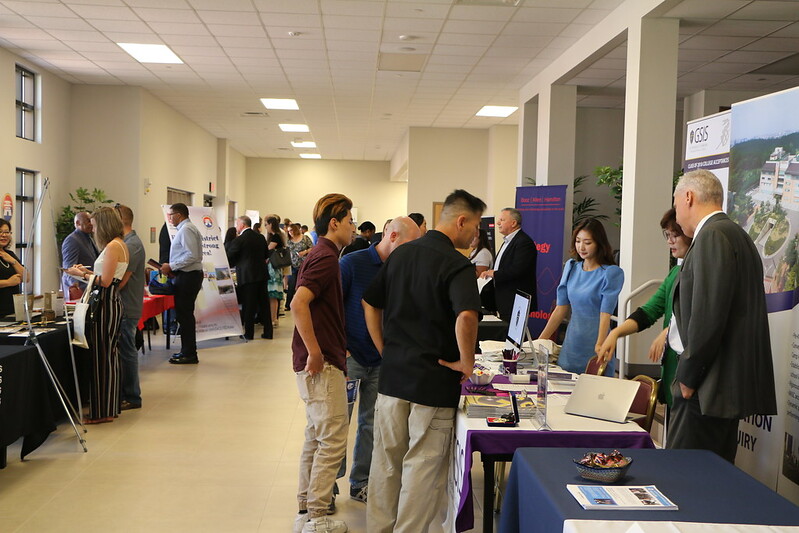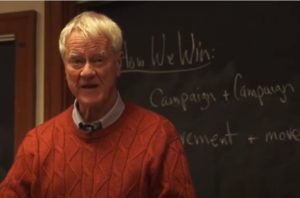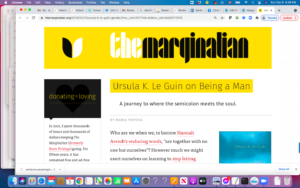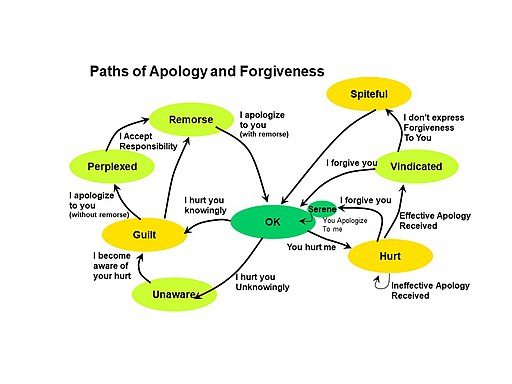Optimists Create Movements that Change the World; Cynics Prop Up the Power Structure
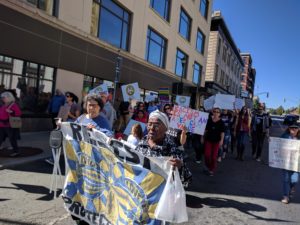
I’m in Week Four of an 8-week training program from Pachamama Alliance, an environmental and social justice organization that promotes holistic thinking across all sectors while elevating indigenous voices, even in the corridors of power and commerce.
The course has been great so far, and useful even to someone like me with more than 50 years as an activist. And I am so loving this week’s focus, “Grounded Optimism,” that I need to share highlights with you:
From Pachamama’s co-founder, Lynne Twist:
Maybe in each one of these breakdowns — And I assert that it’s true — is the seeds of the greatest breakthroughs that we’ve ever seen. We have the opportunity with the pandemic in particular to rethink, reimagine, recreate, reset, reboot life — our health, our relationship with one another, our understanding of what it means to be at home, home in our homes or home in our hearts, home in ourselves. We have the opportunity to see how we want to be governed, how we want to be educated, how we want our children to live. We have such a huge opportunity in the breakdowns that are taking place now on this planet, which are bigger than I’ve ever seen in my lifetime, to recreate life.
It’s clear that the struggle for justice should never be abandoned because of the apparent overwhelming power of those who have the guns and the money and who seem invincible in their determination to hold on to it. That apparent power has, again and again, proved vulnerable to human qualities less measurable than bombs and dollars: moral fervor, determination, unity, organization, sacrifice, wit, ingenuity, courage, patience.
Optimism, by contrast [with cynicism], especially optimism which is neither foolish nor silent, can be revolutionary. Where no one believes in a better future, despair is a logical choice, and people in despair almost never change anything. Where no one believes a better solution is possible, those benefiting from the continuation of a problem are safe. Where no one believes in the possibility of action, apathy becomes an insurmountable obstacle to reform. But introduce intelligent reasons for believing that action is possible, that better solutions are available, and that a better future can be built, and you unleash the power of people to act out of their highest principles. Shared belief in a better future is the strongest glue there is: it creates the opportunity for us to love one another, and love is an explosive force in politics.
The organization Carbon Tracker, whose reports are usually somber reading, just put out a report so stunning the word encouraging is hardly adequate. In sum, current technology could produce a hundred times as much electricity from solar and wind as current global demand; prices on solar continue to drop rapidly and dramatically; and the land required to produce all this energy would take less than is currently given over to fossil fuels. It is a vision of a completely different planet, because if you change how we produce energy you change our geopolitics – for the better – and clean our air and renew our future. The report concludes: “The technical and economic barriers have been crossed and the only impediment to change is political.” Those barriers seemed insurmountable at the end of the last millennium.
A little later in the same essay,
One of the things that’s long been curious about this crisis is that the amateurs and newcomers tend to be more alarmist and defeatist than the insiders and experts. What the climate journalist Emily Atkin calls “first-time climate dudes” put forth long, breathless magazine articles, bestselling books and films announcing that it’s too late and we’re doomed, which is another way to say we don’t have to do a damned thing, which is a way to undermine the people who are doing those things and those who might be moved to do them.
From Christiana Figueres, chief negotiator of the 2015 Paris Climate Accord (and daughter of the Costa Rican president who abolished his country’s army):
Optimism is not about blindly ignoring the realities that surround us, that’s foolishness. It’s also not a naive faith that everything will take care of itself, even if we do nothing. That is irresponsibility. The optimism I’m speaking of is not the result of an achievement, it is the necessary input to meeting a challenge. It is, in fact, the only way to increase our chance of success. Think of the impact of a positive mindset on a personal goal you have set yourself. Running a marathon, learning a new language, creating a new country, like my father, or like me, reaching a global agreement on climate change.
And…
Many now believe it is impossible to cut global emissions in half in this decade. I say, we don’t have the right to give up or let up. Optimism means envisioning our desired future and then actively pulling it closer. Optimism opens the field of possibility, it drives your desire to contribute, to make a difference, it makes you jump out of bed in the morning because you feel challenged and hopeful at the same time.But it isn’t going to be easy. We will stumble along the way. Many other global urgencies could temper our hope for rapid progress, and our current geopolitical reality could easily dampen our optimism. That’s where stubbornness comes in. Our optimism cannot be a sunny day attitude. It has to be gritty, determined, relentless. It is a choice we have to make every single day. Every barrier must be an indication to try a different way. In radical collaboration with each other, we can do this.
From Joanna Macy and Chris Johnstone, authors of Active Hope:
The word ‘hope’ has two meanings. The first involves hopefulness, where our preferred outcome seems reasonably likely. If we require this kind of hope before we commit to an action, our response gets blocked in areas where we don’t rate our chances too highly…
The second meaning of hope is about desire…This kind of hope, where we know what we’d like or love to take place, can start us on a journey. But it is what we do with this hope that really makes the difference. Passive hope involves waiting for external agencies to create the future we desire. Active Hope is about becoming active participants in the story of bringing about what we hope for.
Active Hope is a practice. Like t’ai chi and gardening, it is something we do rather than have. It is a process we can apply to any situation, and it involves three key steps. First, we take in a clear view of reality; second, we identify what we hope for, in terms of the direction we’d like things to move in or values we’d like to see expressed; and third, we take steps to move ourselves or our situation in that direction.
From Otto Scharmer, Co-Founder of the Presencing Institute:
Hope is not to be confused with delusional optimism. Hope and action confidence are grounded in radical realism: a realism that is not only in touch with what currently is, but also in touch with a field of possibility that needs us to manifest. In short: Action confidence is an “inside job” that requires us to tap into our highest (future) Selves.
From Frances Moore Lappé, food and democracy activist, author of Diet for a Small Planet and many other books:
The only choice I don’t have is whether to change the world. Because every choice I’m making consciously, or not making, every single choice is changing the world around me. And so the only choice I have, then, is whether I’m making conscious choices, choices to align, consciously align with nature and human nature. So that’s very freeing to me, to realize then, the power.
And…
So if we see the world through this frame of scarcity and limits, and the bad guys and fear, then that’s all we will see. And if we see the world through this mental map of possibility, of this sense of connectedness, continuous change, and cocreation, then the possibilities open for us. So I think of this as so foundational. We see what we look for. And if we’re not looking for what is life-serving, then we’re really, really not going to see it. And so that is why I try to take so many messages that keep us trapped in a fault filter, if you will, and try to open us to this worldview, mental map that is ecologically aligned…
We know what the solutions are. They are either right here showing up someplace, or they’re just around the corner. I just attended a brilliant conference with scientists from around the world talking about renewable energy. Scientist after scientist said there is no physical obstacle to a hundred percent renewable energy in the next few decades, no physical obstacle. We know how to do this. Germany, cloudy Germany, the size – about the size of Montana, produced half the solar energy in the year 2010. So if Germany can do that, come on already. We know how to do this. So solutions are known, whether they be to hunger or to renewable energy. We know how to do this. And also, I’ve realized that a lot of people care. We think in the United States that we’re so divided on such basic issues like climate change. And yet, when you ask people, the vast majority want more action on the part of the public sphere on climate change, for example. The vast majority want more solutions coming forth on the part of the public spheres for poverty eradication, for example. So there’s a great deal of unity, actually. Beneath all of the images of division, there’s a great deal of unity in view, and a lot of people really care and want to make a difference. I think the problem is, most of us don’t know how. And that’s really why I love this kind of program, because it’s allowing people to say, oh yes, I could do that. I am not powerless.
From psychology-of-positivity researcher Jacqueline Mattis:
Hopeful people do not wish – they imagine and act. They establish clear, achievable goals and make a clear plan. They believe in their agency – that is, their capacity to achieve the outcomes. They recognize that their path will be marked by stresses, roadblocks and failure. According to psychologists such as Snyder and others, people who are hopeful are able to “anticipate these barriers” and they “choose” the right “pathways.”
And for activists involved with long-shot causes?
Research demonstrates that for people working to bring social change, particularly anti-poverty activists, relationships and community provided the reason for hope and ignited their conviction to keep fighting.
Connection to others allowed activists to feel a sense of accountability, to recognize that their work mattered and that they were part of something bigger than themselves…Hopeful people stake their trust in data, particularly in the evidence of history. Research demonstrates, for example, that anti-poverty activists drew hope from knowing that, historically, when people joined together in resistance they were able to create change.
I can validate and add to Mattis’s conclusions about lost causes. I’ve been involved in quite a few that seemed hopeless on the surface, including stopping a development project that was “supposed to” steamroll through the permitting process and ruin a local mountain. Community was extremely important in that effort–and so was mindset. I always knew we would win, even though the “experts” were moaning variations on “this project is terrible, but there’s nothing we can do.” And I’ve seen a lot of the causes I’ve worked on these past 50+ years go from fringe to mainstream to successful. I never imagined when I went to my first meeting of my college’s gay-lesbian student group that same-sex relationships would be normalized and same-sex marriages legalized within just a few decades. I never imagined when I took part in the Seabrook occupation of 1977 that we would almost instantly create a national safe energy movement that helped to vastly reduce the risks of nuclear power because no new plants would be built for decades. And I certainly didn’t think that catastrophic climate change would jump out of the scientists’ silos and build an international mass movement.
One of the resources was this wonderful list of good things that happened around the world this year, many of which went unreported in popular media.

